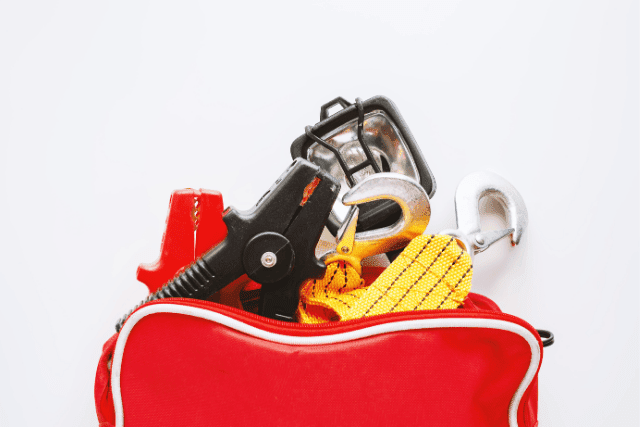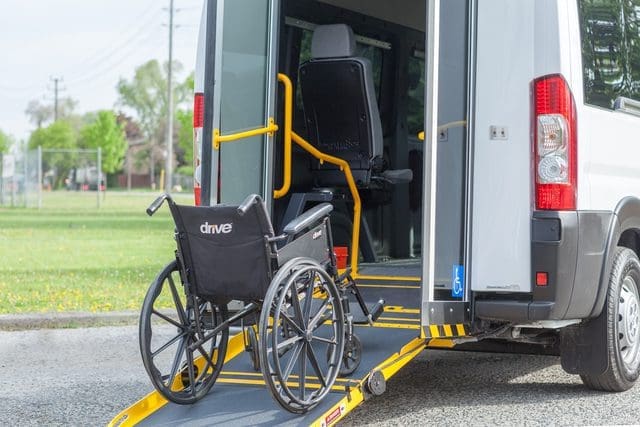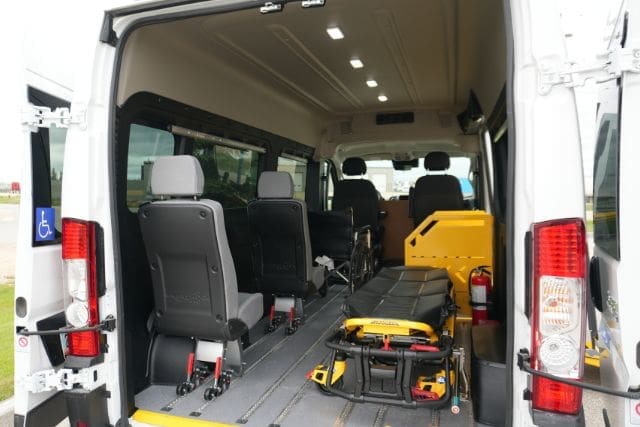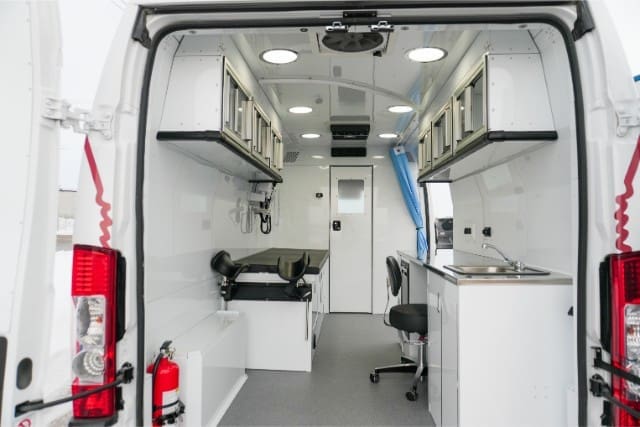With summer approaching, it is the perfect time of year to take advantage of warmer weather and easier access to your favorite places.
If you are planning to spend more time zipping around town in your wheelchair accessible vehicle, make sure you are prepared for any roadside emergencies you might encounter.
It is important to have backup plans, safety gear, and important resources on hand, particularly for long road trips or group outings.
Read on to learn how to keep your passengers safe on the road by preparing your wheelchair accessible vehicle for unexpected emergencies.
1. Create a backup plan
When you head out on the road, you are expecting to use your wheelchair accessible vehicle to get where you are going.
What happens, though, if your mobility vehicle breaks down and cannot be quickly repaired? Do you have a backup plan?
Think about the road you will be traveling on. If you need to get somewhere without your vehicle, will there be a sidewalk you can easily access?
If you know you will be traveling in areas where you might run into difficulty should you need to get somewhere without the use of your van, create a backup plan.
Talk to a colleague who has a mobility vehicle and ask them if they can be your backup plan in case of a major breakdown.
If you are traveling out of town, look into local resources. Are there taxis and other accessible transportation options available in case your vehicle needs to spend some time in the shop?
These are the kinds of questions you need to ask yourself to create your personalized backup plan.
2. Pack emergency tools and resources

Your road trip may be a short five-hour drive to your first destination.
That being said, you should always plan for the possibility of being stranded on the side of the road.
Make sure you bring important resources you might need and make sure they are easy to access.
Do you have certain medications that are important? Ensure you bring along these medications, even if you expect to be home before it is time to take them.
Create an emergency kit for your vehicle that contains some of the following helpful items:
- Flares or other roadside light markers: If you break down at night time you must have emergency markers on hand to alert vehicles of your presence.
- Seatbelt cutters: If you need to get out of your vehicle quickly due to an emergency, you need something to cut through seat belts or other straps.
- Flashlights: A flashlight will be handy for navigating your vehicle’s interior. It can also help when you want to repair something minor.
- Blankets: Even in the summer, evenings can be chilly. It never hurts to have extra blankets on hand for keeping warm.
- Jumper cables: If your vehicle needs a jump, jumper cables could get you back on the road in minutes.
- Small toolkit: Purchase a toolkit designed for vehicles with some basic items.
- Spare tire: Make sure you have a spare tire in your vehicle and the tools you need to use it.
Make sure you also understand how to operate the manual backup systems in case of electrical failures. If, for example, your ramp will not operate, know how to use the manual override. The manual backup systems are designed to ensure you can operate any critical component of your wheelchair accessible vehicle even in the case of an emergency.
3. Practice proper maintenance throughout the year
One of the best ways you can prepare your wheelchair van for an emergency is by preventing any vehicle breakdowns. You can do this by practicing proper wheelchair van maintenance.
Make sure you schedule regular oil changes, have your tires inspected, and ensure your transmission and engine are operating smoothly.
Also, ensure you are practicing proper wheelchair van maintenance, such as:
- Inspecting your seat belts and tie-downs
- Keeping your ramp hinges and door sides lubricated
- Having your ramps or lifts inspected by industry professionals regularly

How to make your wheelchair van emergency prepared–your next steps
You came to this article to learn how to make your wheelchair van emergency prepared.
Now, you know three easy steps you can take to ensure if you ever have a wheelchair van emergency. Follow these tips and if you’re ever stranded on the side of the road, your passengers will still be safe.
Want to learn more about wheelchair van maintenance? Talk to a MoveMobility expert now.
Or, check out these related resources:








